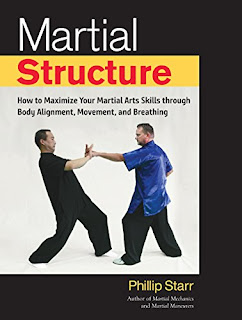by Phillip Starr
Different arts and styles of those arts utilize different forms of footwork. Some favor stepping heel-first, some (like baguazhang) emphasize that the whole sole of the foot comes down at once. Numerous Japanese martial disciplines utilize “suri-ashi” wherein the foot slides easily along the floor, as if a piece of thin paper is beneath it.
Akira Hino sensei, a martial arts researcher and genius, believes that suri-ashi is a relative modern creation because back when Japanese martial arts were being developed, training usually took place outdoors. Performing suri-ashi would have been not only very foolish, but extremely difficult as the ground might be rocky, muddy, covered in high grass, and so on. I have to agree with him. When most martial forms began practicing regularly in dojos with polished wooden floors, suri-ashi would be much easier to do. In Okinawa, where the ground is very rocky, it would have been really foolhardy to try it.
Regardless, all of these martial disciplines stress that the step(s) and body movements are to be made from the “hips” - the dantien (“tanden” in Japanese). Exactly how this is done is discussed and illustrated in my books, MARTIAL MECHANICS and MARTIAL STRUCTURE. This way of moving maintains stability while moving the whole body at once – as a unified whole. There is no other way to do it.
Bufa is used only when necessary; it is used to move inside your opponent's defense perimeter so that you can land an effective blow, to move outside of his reach or evade his attack, or to move into effective striking distance (for you). That's it. It isn't done just to be moving or to help reduce nervousness or the “jitters.” There are some who allege that bouncy movements make one a moving target that is difficult to hit. They're wrong and have clearly never had to engage a real opponent on the street. Most real self-defense occurs at very close range without any “squaring off” in a fighting stance. However, in any scuffle that begins at some distance, anyone who starts bouncing around is going to get turned into breakfast food (toast) very quickly.
Move with a purpose and if you're not far outside your opponent's reach (or, God forbid, within his reach), DON'T start bouncing around! Otherwise it'll be a very short skirmish. Your dentist may thank you for putting his kids through college, too...
Move with a purpose.

.jpg)




















No comments:
Post a Comment